-
 bitcoin
bitcoin $124586.364639 USD
0.62% -
 ethereum
ethereum $4670.671710 USD
3.33% -
 xrp
xrp $2.983701 USD
0.18% -
 tether
tether $1.000175 USD
-0.03% -
 bnb
bnb $1209.430642 USD
2.76% -
 solana
solana $231.365861 USD
0.51% -
 usd-coin
usd-coin $0.999665 USD
-0.02% -
 dogecoin
dogecoin $0.264657 USD
4.46% -
 tron
tron $0.346415 USD
1.60% -
 cardano
cardano $0.871586 USD
3.70% -
 chainlink
chainlink $23.451270 USD
7.56% -
 hyperliquid
hyperliquid $46.860071 USD
-2.96% -
 ethena-usde
ethena-usde $1.000120 USD
0.04% -
 sui
sui $3.611279 USD
1.08% -
 stellar
stellar $0.407149 USD
0.96%
What are internal transactions on a block explorer?
Internal transactions track ETH movements within smart contracts, reconstructed by block explorers from execution traces, not standalone blockchain records.
Sep 15, 2025 at 06:54 pm
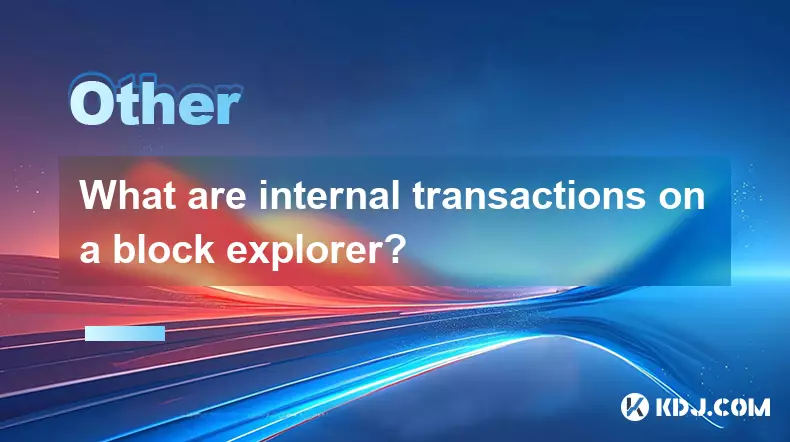
Understanding Internal Transactions in Blockchain Explorers
1. Internal transactions, also known as internal transfers or 'call traces,' are not actual blockchain transactions recorded on the ledger like standard transfers. Instead, they represent value movements that occur within smart contracts or through contract execution logic. These movements are triggered by external transactions but are not standalone entries in the blockchain's transaction list.
2. When a user interacts with a smart contract—such as withdrawing funds from a decentralized application or triggering a function that sends ETH to another address—the resulting transfer may be logged as an internal transaction. These are reconstructed by block explorers using transaction traces, which capture the step-by-step execution of smart contract code.
3. Unlike regular transactions that involve signatures and are broadcasted to the network, internal transactions are derived from the execution path of Ethereum Virtual Machine (EVM) operations. They are not stored directly in blocks but are inferred by analyzing the state changes caused by contract calls.
4. Block explorers such as Etherscan use debug tools and trace modules provided by Ethereum nodes to reconstruct these internal movements. This allows users to see how funds flowed within complex contract interactions, even if no direct transaction was made by a private key holder.
5. Internal transactions are particularly useful for tracking withdrawals from services like exchanges, decentralized finance (DeFi) protocols, or mining pools. For example, when a user requests a withdrawal from a DeFi platform that holds funds in a master contract, the disbursement may appear as an internal transaction from that contract to the user’s wallet.
How Internal Transactions Differ from Regular Transactions
1. Regular transactions are initiated by externally owned accounts (EOAs) with digital signatures and are permanently stored on the blockchain. Internal transactions lack signatures and are not stored as independent records; they are computed during transaction trace analysis.
2. A standard transaction will have a hash, gas usage, from/to addresses, and value. Internal transactions share similar fields but are nested under the parent transaction and do not have their own transaction hash.
3. Internal transactions can occur multiple times within a single transaction if the contract calls other contracts or loops through payments. This makes them ideal for tracking complex fund distributions that happen behind the scenes.
4. Because they are not consensus-level data, internal transactions may not be available on all blockchains or explorers. Their presence depends on whether the network supports transaction tracing and whether the explorer processes that data.
5. Users often mistake internal transactions for token transfers. However, token transfers are recorded as ERC-20 events in logs, while internal transactions refer specifically to ETH (or native coin) movements initiated by contract code.
Use Cases and Practical Examples
1. In decentralized exchanges like Uniswap, when liquidity providers claim fees, the payout may be sent via an internal transaction from the pool contract. This allows users to verify when and how much ETH was distributed without a direct wallet-to-wallet transfer.
2. Mining pools frequently use internal transactions to send mined rewards to participants. The pool’s main wallet executes a script that triggers multiple internal ETH transfers, each visible on a block explorer under the internal transactions tab.
3. Smart contract wallets or multi-signature vaults may disburse funds through internal calls. When auditors review fund flows, internal transactions help reconstruct the full path of asset movement, even if the final recipient didn’t initiate the transaction.
4. Some airdrop mechanisms use internal transactions to distribute funds. A central contract calculates eligible addresses and pushes ETH directly, leaving a trace that can be verified by recipients through explorers.
5. Fraud detection teams rely on internal transaction data to identify suspicious patterns, such as contracts repeatedly sending small amounts of ETH to new wallets—a tactic sometimes used in phishing or money laundering schemes.
Frequently Asked Questions
Q: Can internal transactions be faked or manipulated by block explorers?A: No, internal transactions are derived from actual EVM execution traces. While explorers interpret the data, the underlying traces come from node-level debugging tools, making them reliable as long as the node is honest and synced correctly.
Q: Why don’t some transactions show internal transfers on Etherscan?
A: Not all transactions involve contract calls that transfer value internally. If a transaction only interacts with a contract without triggering a send or call operation with value, no internal transaction will be generated.
Q: Are internal transactions subject to gas fees?
A: The internal transfer itself doesn’t incur a separate gas fee. The cost is included in the gas of the parent transaction that triggered the contract execution. All computational steps, including internal calls, contribute to the total gas used.
Q: Can I receive ETH via an internal transaction?
A: Yes, many users receive ETH through internal transactions, especially from DeFi platforms, mining pools, or contract-based airdrops. The funds are fully spendable once received, even though the transfer originated from contract logic rather than a direct wallet send.
Disclaimer:info@kdj.com
The information provided is not trading advice. kdj.com does not assume any responsibility for any investments made based on the information provided in this article. Cryptocurrencies are highly volatile and it is highly recommended that you invest with caution after thorough research!
If you believe that the content used on this website infringes your copyright, please contact us immediately (info@kdj.com) and we will delete it promptly.
- BlockDAG, DOGE, HYPE Sponsorship: Crypto Trends Shaping 2025
- 2025-10-01 00:25:13
- Deutsche Börse and Circle: A StableCoin Adoption Powerhouse in Europe
- 2025-10-01 00:25:13
- BlockDAG's Presale Buzz: Is It the Crypto to Watch in October 2025?
- 2025-10-01 00:30:13
- Bitcoin, Crypto, and IQ: When Genius Meets Digital Gold?
- 2025-10-01 00:30:13
- Stablecoins, American Innovation, and Wallet Tokens: The Next Frontier
- 2025-10-01 00:35:12
- NBU, Coins, and Crypto in Ukraine: A New Yorker's Take
- 2025-10-01 00:45:14
Related knowledge

What is a token economy?
Sep 20,2025 at 12:18am
Understanding the Foundations of a Token Economy1. A token economy in the context of cryptocurrency refers to a system where digital tokens are used a...
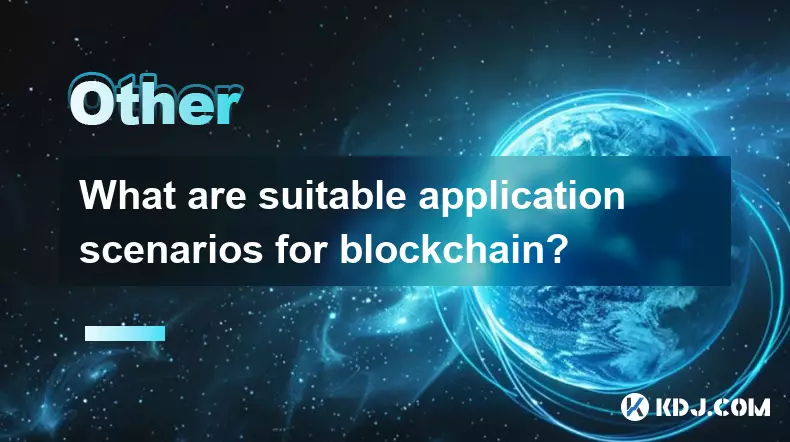
What are suitable application scenarios for blockchain?
Sep 20,2025 at 03:19am
Decentralized Finance (DeFi) Platforms1. Blockchain enables the creation of financial services without centralized intermediaries, allowing users to l...
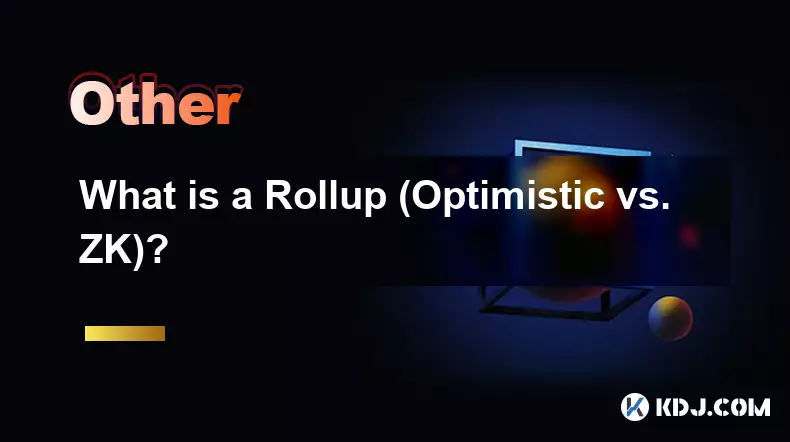
What is a Rollup (Optimistic vs. ZK)?
Sep 22,2025 at 03:00pm
Understanding Rollups in Blockchain Technology1. Rollups are layer-2 scaling solutions designed to increase transaction throughput on blockchains like...
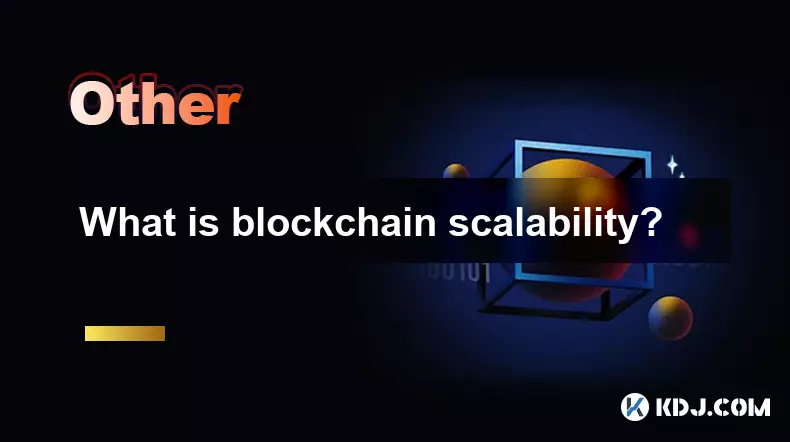
What is blockchain scalability?
Sep 19,2025 at 06:18am
Understanding Blockchain Scalability1. Blockchain scalability refers to a network's ability to handle an increasing number of transactions without com...
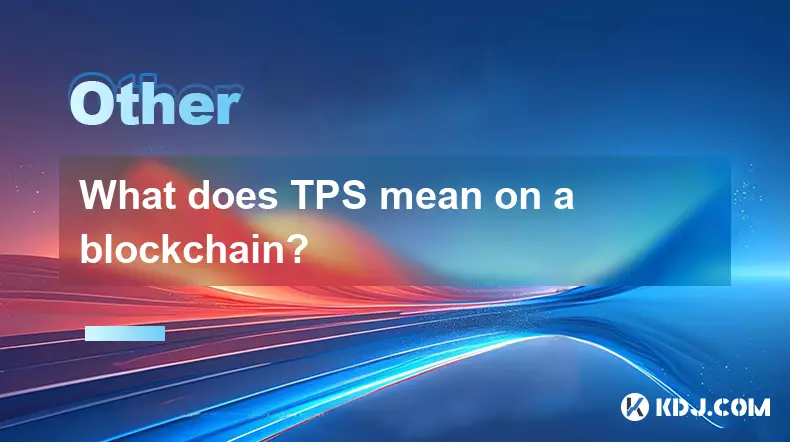
What does TPS mean on a blockchain?
Sep 21,2025 at 09:54am
Understanding TPS in Blockchain Technology1. TPS stands for Transactions Per Second, a metric used to measure the number of transactions a blockchain ...
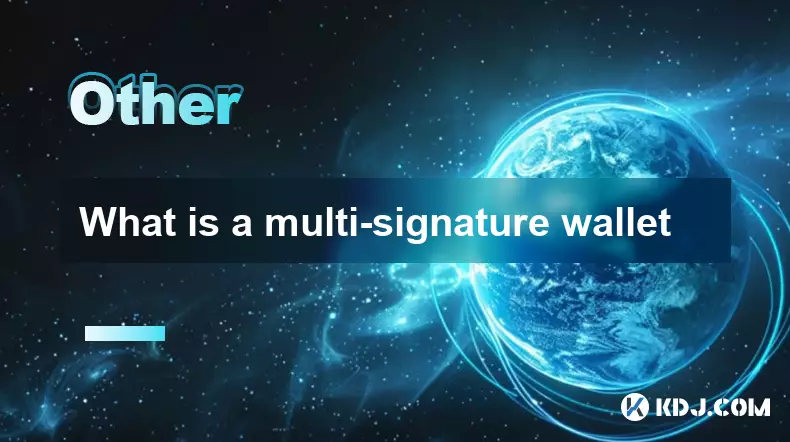
What is a multi-signature wallet
Sep 20,2025 at 07:00am
Understanding Multi-Signature Wallets in Cryptocurrency1. A multi-signature wallet, often referred to as a multisig wallet, is a type of cryptocurrenc...

What is a token economy?
Sep 20,2025 at 12:18am
Understanding the Foundations of a Token Economy1. A token economy in the context of cryptocurrency refers to a system where digital tokens are used a...

What are suitable application scenarios for blockchain?
Sep 20,2025 at 03:19am
Decentralized Finance (DeFi) Platforms1. Blockchain enables the creation of financial services without centralized intermediaries, allowing users to l...

What is a Rollup (Optimistic vs. ZK)?
Sep 22,2025 at 03:00pm
Understanding Rollups in Blockchain Technology1. Rollups are layer-2 scaling solutions designed to increase transaction throughput on blockchains like...

What is blockchain scalability?
Sep 19,2025 at 06:18am
Understanding Blockchain Scalability1. Blockchain scalability refers to a network's ability to handle an increasing number of transactions without com...

What does TPS mean on a blockchain?
Sep 21,2025 at 09:54am
Understanding TPS in Blockchain Technology1. TPS stands for Transactions Per Second, a metric used to measure the number of transactions a blockchain ...

What is a multi-signature wallet
Sep 20,2025 at 07:00am
Understanding Multi-Signature Wallets in Cryptocurrency1. A multi-signature wallet, often referred to as a multisig wallet, is a type of cryptocurrenc...
See all articles










































































